I went to Sligo last week and it cured my cabin fever overnight.
I arrived on the bus from Dunfanaghy in time to visit my pal John Willmott, the Woodland Bard, who is nearly recovered from a little stroke.
I arrived on the bus from Dunfanaghy in time to visit my pal John Willmott, the Woodland Bard, who is nearly recovered from a little stroke.
I had some time to kill before visiting hours, so I did what normal people do; I went to the Public Library to read magazines. I found the GCN, which probably used to mean "Gay Community News" but now is more inclusive, and by that I mean gay men and trans youth.

You could taste the fruit in the beans, and I drank it without cream. Pearse Lodge, my friends, your home in Sligo.

Early Christian Triple Spiral


The statue is in front of the Ulster Bank, a Romanesque temple to money, where these Ulster hands caught my eye.

I've mentioned this Ulster emblem before. These days its appearance indicates the Ulster Unionist community with Britain rather than representing just one of four provinces on the island of Ireland.

That Moderne building serves as an annex to the bank. It reminds me of the original Santa Cruz Coffee Roasting Company building on north Pacific.
Thomas Connolly pub is a famous music venue, and where you catch the bus back to Donegal.

"The Model" refers to its history as a model grammar school. Innovators and disruptors are forever reforming education, aren't they?


I ended up in the lingerie department, and bought my breasts a new outfit. They deserve it, after what they've been through.
Near the department store is one of Ireland's few public statues of a female, though allegorical.
The advertisements haven't changed a bit.
The library's back wall shows us this scene of "The Battle of the Book," the world's first intellectual property dispute, which I have written about before.
Two tree lovers.
After good craic with John, I had dinner with a new friend, who used to live in our Dunfanaghy house. Sometimes her mail got delivered there, so we sent it on to her at her new home in Ballybofey. She stopped by last year to thank us, and we were delighted to discover we were all lesbians.
I started out the next morning with breakfast at Pearse Lodge, where I stay in Sligo. They have been running the B&B for decades and have everything dialed in and optimized. For example, the porridge comes with freshly sliced fruit, berries, honey, and drambuie.

I don't know how they make it, but the coffee was the best I've had in Ireland.
Fortified, I launched myself into adventures. On my way to town I passed the very Victorian courthouse:
...and noticed this famous law firm across the street from it.
According to Sligotown.net, these are the real names of solicitors who practiced here in the 1920s.
Because it is open only in the mornings, my first stop was the Sligo County Museum. I try to visit every county museum I find in Ireland. They are always funky, friendly, and under-funded.
I most wanted to visit the Countess Markievicz room. Constance neé Gore-Booth's family home of Lissadell is north of Sligo, and she is Sligo's home favorite revolutionary hero. That's an apron she wore in prison after the 1916 Rising. The painting, "The Arrest" captures the moment of Markeivicz's surrender of her command at on St. Stephen's Green.
After a week's occupation the surrender took place at two o'clock in the afternoon of Sunday 30 [April]. Major Wheeler, son of the late, Surgeon Wheeler, accompanied by a force of military, attended at the hour, and was received by the rebel leader, the Countess Markievicz. She was still wearing top boots, breeches, service tunic and a hat with feathers.' At the surrender to Major Wheeler, she shook hands with her officers and kissed her Mauser pistol before handing it over to the Major and said "I am ready."
The artist, Kathleen Fox, shipped the finished painting to New York in 1919 because she was afraid it would be confiscated by the British. It wasn't found until the 1960s.
In the center of the painting is Markievicz in her trousers, and to the right, the artist herself.
Also in this room is a 100 pound lump of bog butter, which didn't photograph any better than it looked in real life. The bog butter is a perfect example of what you find in an Irish County Museum: Cool shit with little commercial value beyond its importance to regular people.


A random carved stone from a 1500 year-old church.

Early Christian Triple Spiral
Violin of "the greatest fiddler in Ireland."
Rosary beads.
Contraband crucifixes and a DIY communion wafer cutter. These artifacts date from "penal times" when public displays of Catholicism could get you arrested, deported, or executed.
A flag from the Land League of the 1880s.
I love the cut of this Land League jacket.
A meeting supporting Home Rule, which would have saved a lot of heartache, had Lloyd George and Churchill not been bastards. Home Rule was a solution to Britain's "Irish Problem," promised in 1913, put on hold until "after the war in France." By 1918 Ireland voted for complete independence.
It was the first election that included some Irish women.
The gold chain worn by the Lord Mayor of Sligo, and the maces which represent the power of the office. Mayors of U.S. Cities don't get any of that medieval stuff.
Most people probably come to this museum for the W. B. Yeats artifacts, which I found less impressive than golden chains and bog butter.
I had not read this quotation before and found the rest of it in the Sacred Texts Archive, in The Celtic Twilight.
Earth, Fire, and WaterSome French writer that I read when I was a boy, said that the desert went into the heart of the Jews in their wanderings and made them what they are. I cannot remember by what argument he proved them to be even yet the indestructible children of earth, but it may well be that the elements have their children. If we knew the Fire Worshippers better we might find that their centuries of pious observance have been rewarded, and that the fire has given them a little of its nature; and I am certain that the water, the water of the seas and of lakes and of mist and rain, has all but made the Irish after its image.
Images form themselves in our minds perpetually as if they were reflected in some pool. We gave ourselves up in old times to mythology, and saw the Gods everywhere. We talked to them face to face, and the stories of that communion are so many that I think they outnumber all the like stories of all the rest of Europe.
Even to-day our country people speak with the dead and with some who perhaps have never died as we understand death; and even our educated people pass without great difficulty into the condition of quiet that is the condition of vision.
We can make our minds so like still water that beings gather about us that they may see, it may be, their own images, and so live for a moment with a clearer, perhaps even with a fiercer life because of our quiet. Did not the wise Porphyry think that all souls come to be born because of water, and that 'even the generation of images in the mind is from water'?
I like the notion of a trance meditation that attracts the elementals to us. I've felt it here for sure.
Just down the street from the museum is Yeats himself, wrapped in his words. I didn't take a photo, but everyone else has.


The statue is in front of the Ulster Bank, a Romanesque temple to money, where these Ulster hands caught my eye.

I've mentioned this Ulster emblem before. These days its appearance indicates the Ulster Unionist community with Britain rather than representing just one of four provinces on the island of Ireland.

That Moderne building serves as an annex to the bank. It reminds me of the original Santa Cruz Coffee Roasting Company building on north Pacific.
Thomas Connolly pub is a famous music venue, and where you catch the bus back to Donegal.
I walked up the hill to The Model, Sligo's art museum.

"The Model" refers to its history as a model grammar school. Innovators and disruptors are forever reforming education, aren't they?

You can see Knocknarea with Meave's cairn from The Model, and the spire of the Catholic cathedral which I visited later.
The Jack Yeats (brother to the poet) pictures are what I wanted to see at The Model. Here are a few from the museum's website.
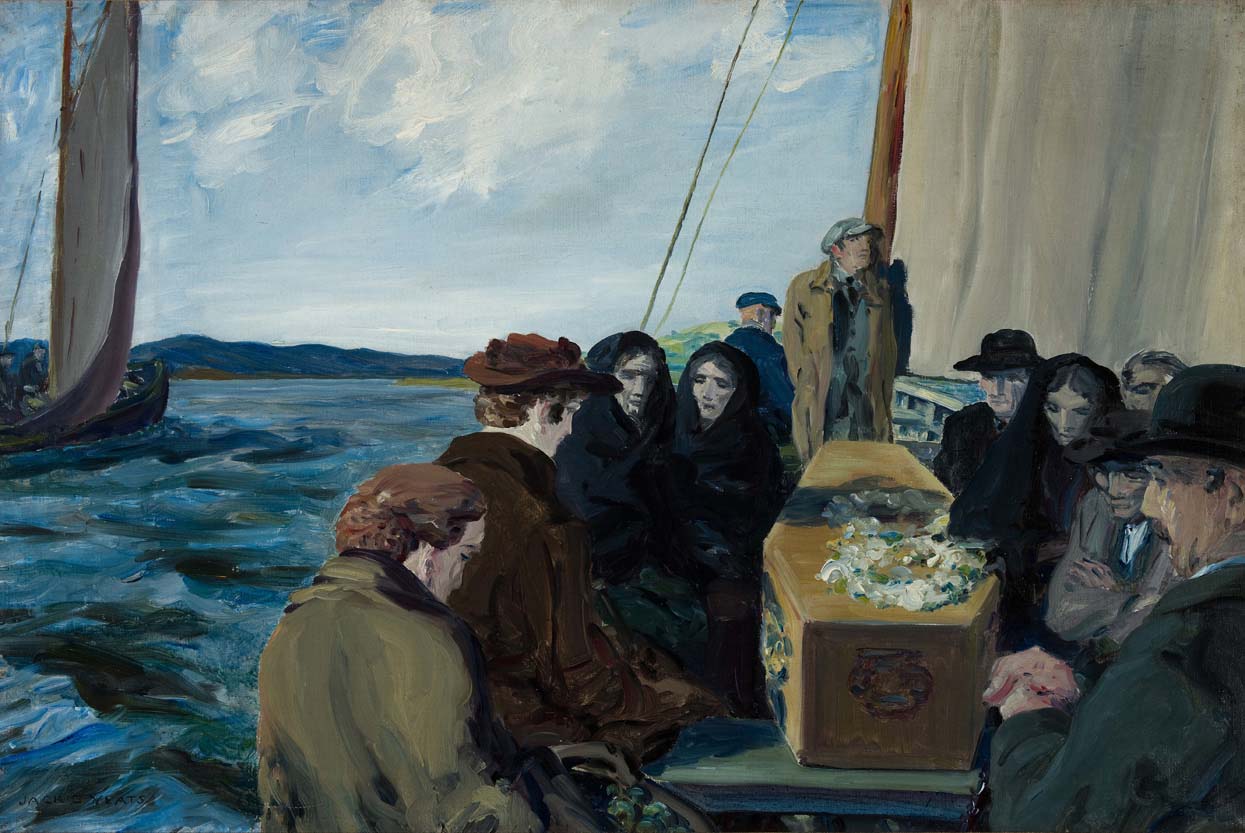 |
| An Island Funeral |
After art, it was time for lunch, so I took advantage of being in a big city and ate a bento box at Miso, the Japanese/Korean restaurant. O wasabi, I miss you so.
 |
| The center of Sligo town, with the bridge across the Garavogue, Yeats Building on the left, The Glass House on the right. |
I would have missed Henry Lyon's Department store had I not read about it in Sligotown.net, "operating on these premises" since 1878.

I ended up in the lingerie department, and bought my breasts a new outfit. They deserve it, after what they've been through.

The Lady Erin Monument commemorates "the fallen heroes" of the 1798 Rebellion. Sligo erected the statue and celebrated the rebels in 1899, while Ireland remained part of Great Britain. Cheeky.
Speaking of rebels, this monument near the river commemorates Bernardo O'Higgins, the Irish-Spainish-Chilean who led the liberation of that country from Spain.
For more laughs, time for cathedrals.

That's the Catholic Cathedral on the left, the Church of Ireland Cathedral on the right, and Peace Park in between.
The gate to Church of Ireland was locked at the street, so I couldn't even explore the burial ground.
The door of the Catholic cathedral faces away from the street, per the former landowner.
Sligo’s Catholic Cathedral was built in 1874 on land previously owned by a protestant landowner who purchased the land from a previous owner under the pretense that it was to be developed into a garden allotment, in fact the land had been purchased with the sole intention of selling it on to the Catholic Church.
Though when the previous owner of the land became aware of the true purpose for which the land had been purchased, he informed the new owners that he would only sell the land for the purposes of building a Catholic Church on the condition that the main doors of the church faced away from Sligo Town. (Sligotown.net)
The side chapels were devoted to modern saints.
At this one to St. Bernadette, I lit a candle for the health of my favorite atheist, Philip Pullman. We are all waiting for him to finish the third volume of The Book of Dust.
Near the back, a shrine to that horrible person, Sister Theresa.
And then I was tired and had done all the things.
I treated myself to a half-dozen local Lissadell oysters and a Mexican beer. I bought that little swiss army knife for myself, but I have a feeling it is too funny not to give it away.
We're living in a difficult time. What to do about it? Give money? Volunteer against voter supression? What else for one's mental health? I recommend a day trip to a place you've always wanted to go, even if it is just an hour or two away from where you are right now. Since the awful elections of 2016 I've gone down all kinds of new roads, and feel the better for it.









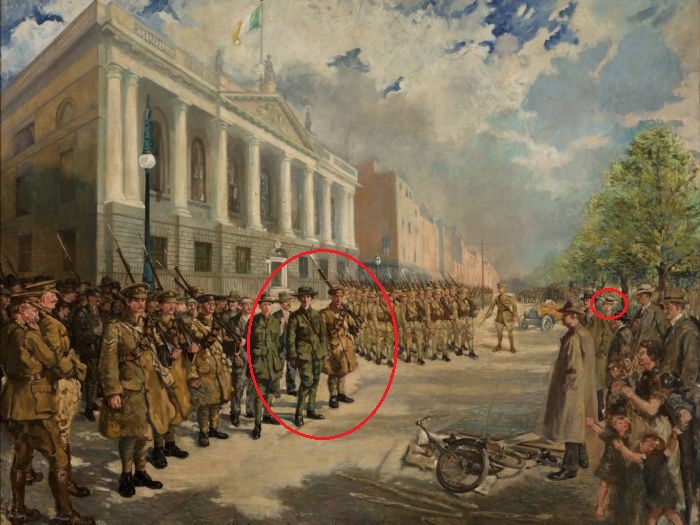









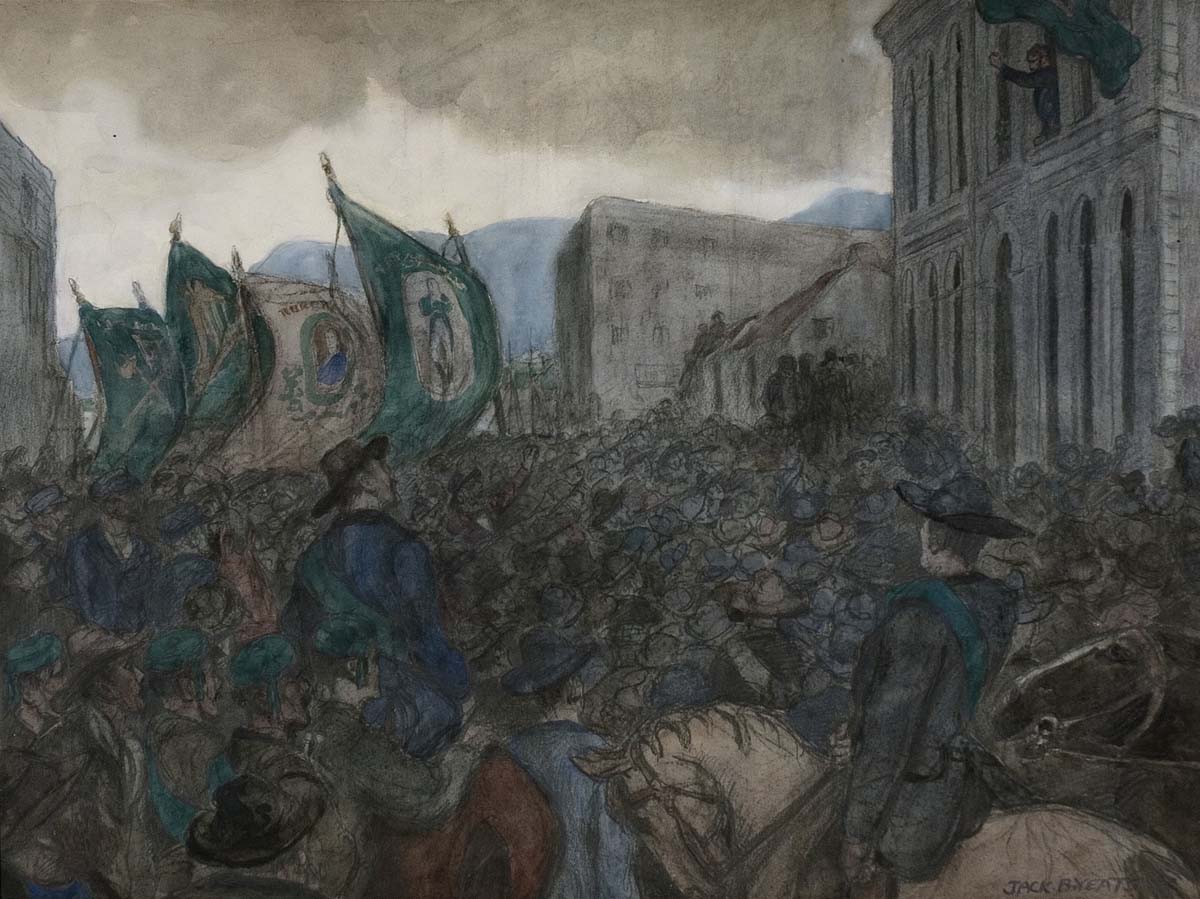
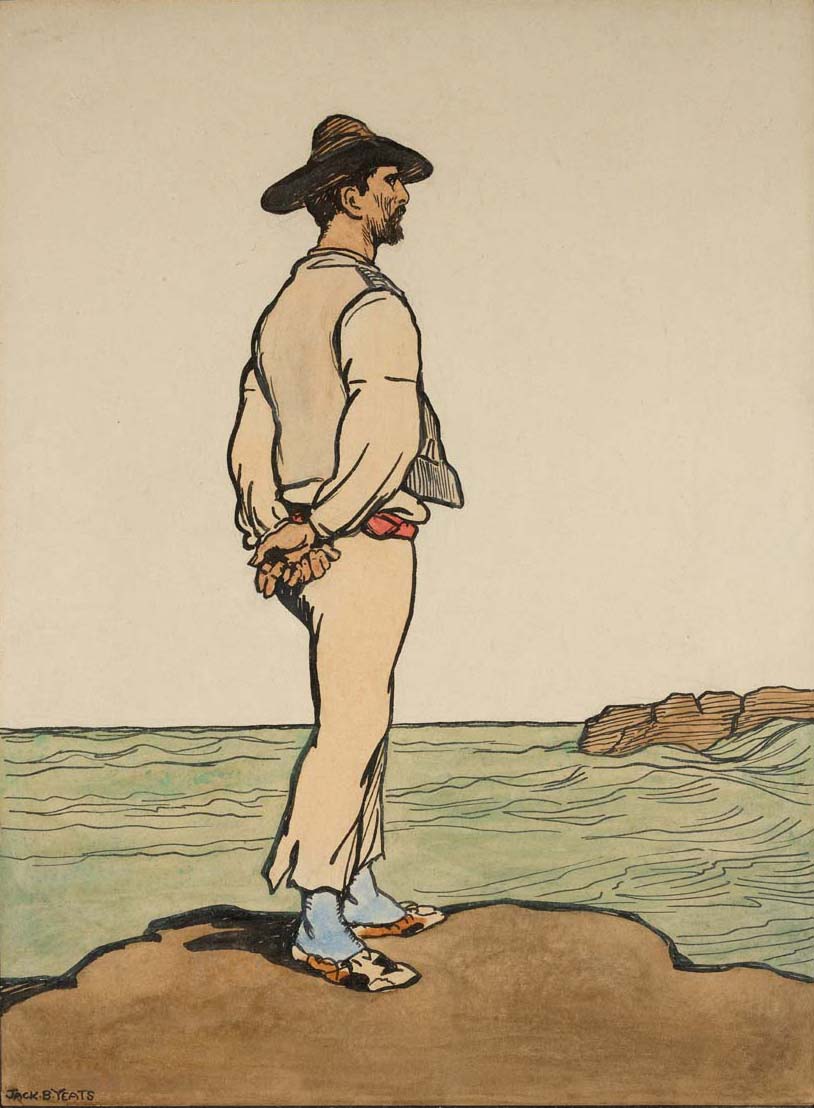
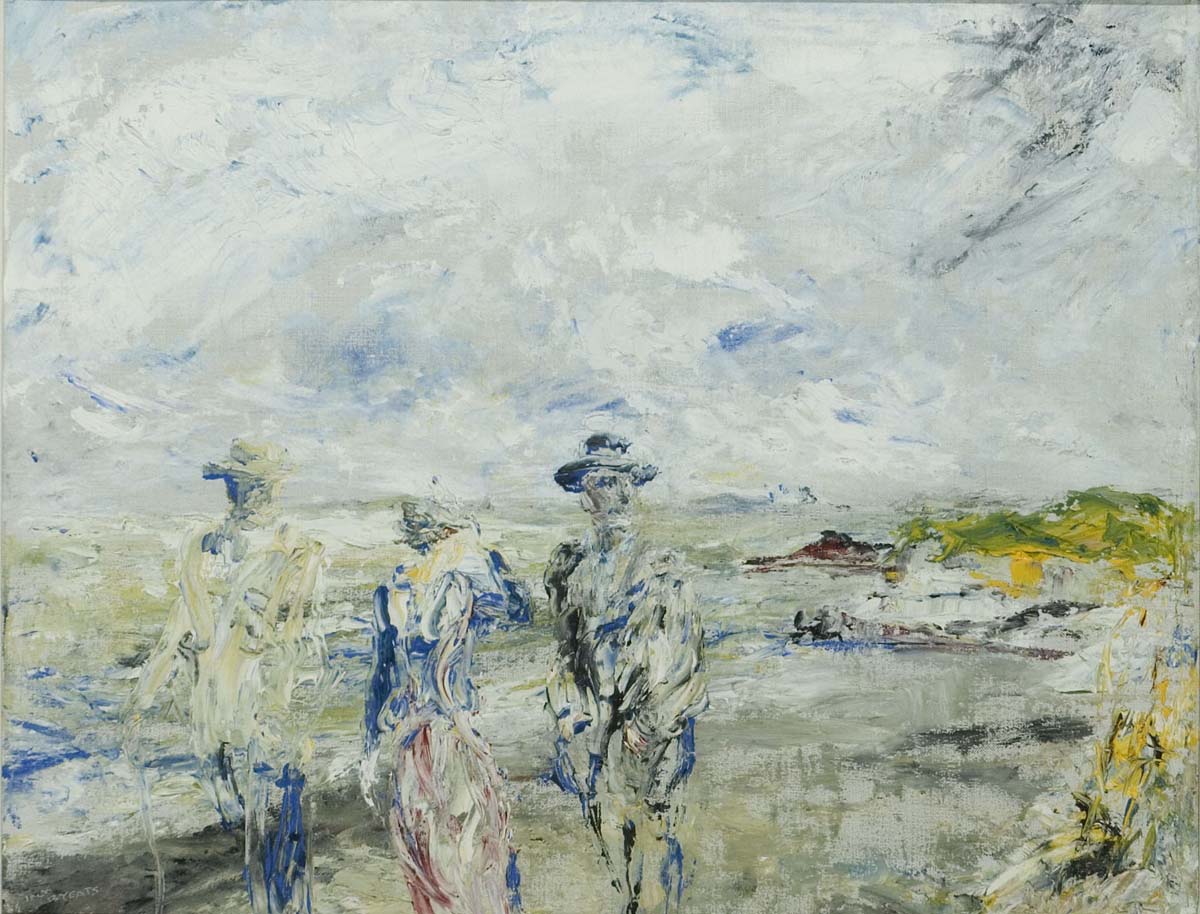
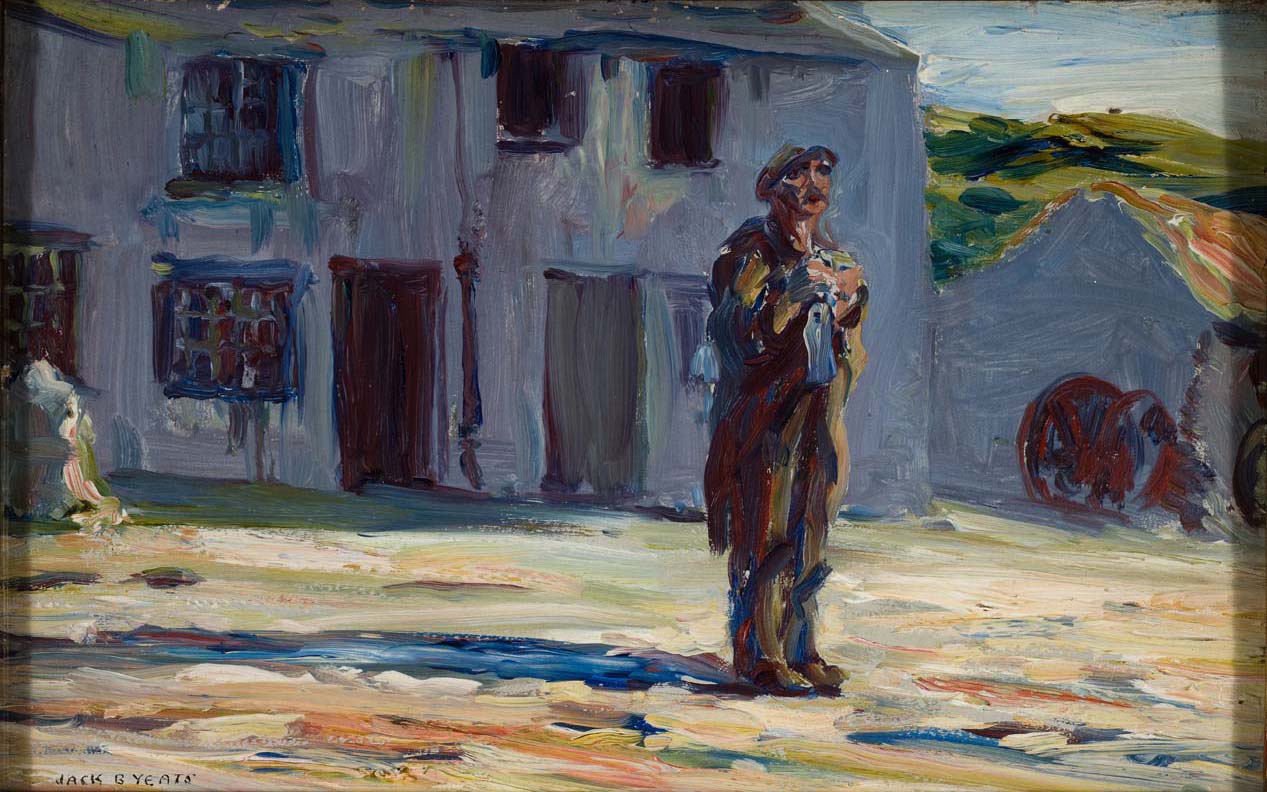










this is great stuff. I love small town museums, and this one was uncommonly rich. Doing an article on Irish stuff (Tom McEnery's play about North Kerry in the time of Clinton's visit) so it's helping me soak in all this Hiberniana.
ReplyDeleteI just discovered that I am not notified when people leave comments. Thanks for reading this. I would love to go to some small town museums with you some day. It would be some craic.
Delete